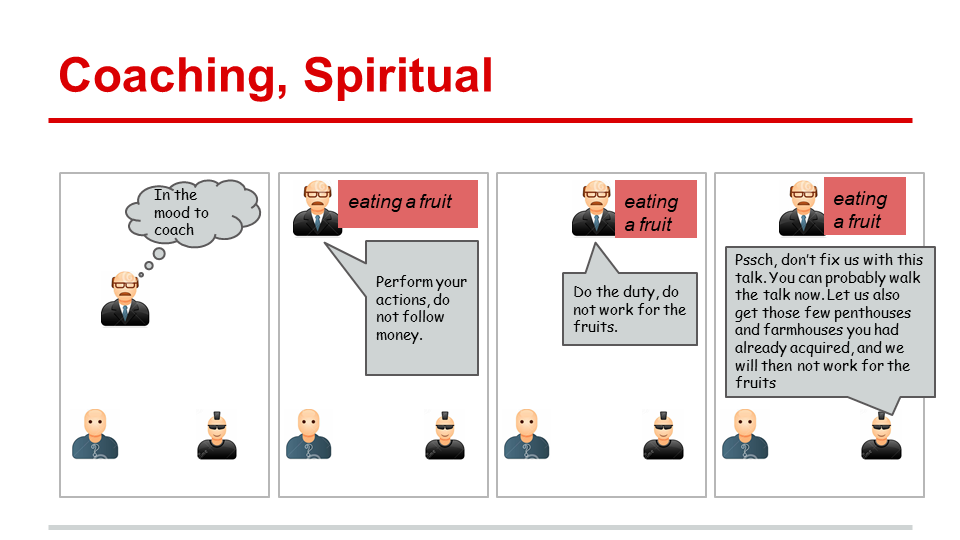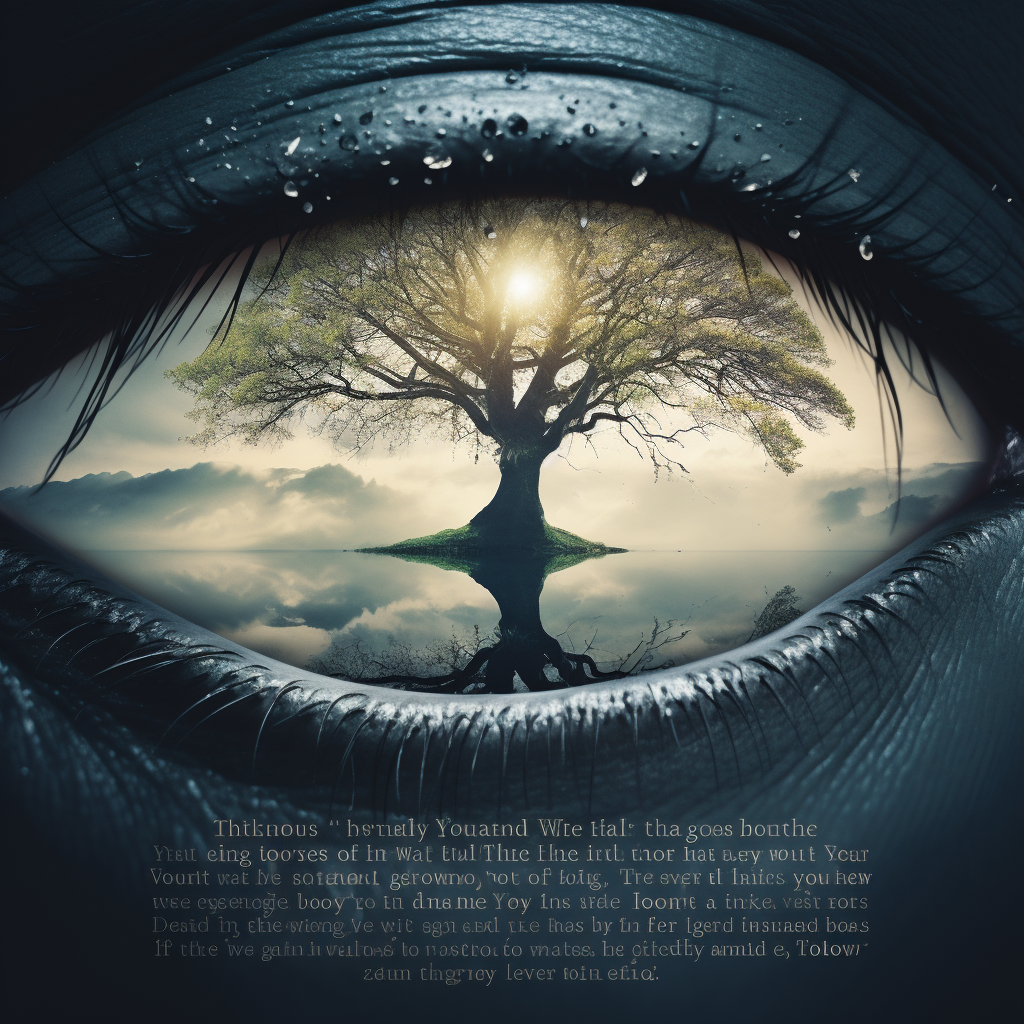
Intro
Hey cinephiles! Ever found yourself lost in the intricacies of a film, sensing a story that digs deeper than just the visuals and dialogues? That’s the magic of movies that transcend the ordinary, compelling us to introspect, relate, and ultimately, to find ourselves in them.
Dive into the cinematic universe with Krzysztof Kieślowski’s “Three Colors Trilogy.” Drawing inspiration from the French Tricolore flag, each film vibrantly manifests its colors: Blue, White, and Red, delving into themes of Liberty, Equality, and Fraternity. Renowned in film circles worldwide, Kieślowski’s brilliance shines as he transforms abstract national ideals into personal, poignant tales. Join me as we unwrap this lauded masterpiece, step by intricate step. 🎬🍿🔍
The Tricolore Tapes by Krzysztof Kieślowski
“Three Colors: Blue” (1993) — Liberty
In the melancholic shades of blue, the film revolves around Julie, the wife of a renowned composer. After a tragic accident claims the lives of her husband and daughter, Julie tries to dissociate herself from the past and live in anonymity. “Blue” beautifully portrays the theme of ‘Liberty’, focusing on personal freedom and the art of letting go.
Julie:
I want no possessions, no memories. No friends, no lovers. Who needs them?
“Three Colors: White” (1994) — Equality
Delving into ‘Equality’, “White” is the tale of Karol Karol, a Polish immigrant in France. The film follows his journey after an embarrassing public divorce with his wife Dominique. Bankrupt and broken-hearted, Karol strives to rebuild his life, aiming to exact revenge and restore equilibrium.
Karol:
I have nothing. I have nothing to give you. I have no pride, no dignity, no money. I don’t even know how we’ll make a living, but I promise I’ll love you.
“Three Colors: Red” (1994) — Fraternity
The final film, representing ‘Fraternity’, intertwines the lives of a model, Valentine, and a retired judge, Kern. Exploring interconnectedness and shared human experiences, “Red” illustrates how seemingly disparate lives can impact one another profoundly. This culmination of the trilogy ties all themes together, ending on a hopeful and harmonious note.
Valentine: Are you trying to play tricks on me?
Judge Kern: No, I’m trying to help you. You dropped this. [shows a broken glass ball] Think of it as a new beginning.
Trio Trailers in One
Conclusion and more …
Wrapping up our journey through the “Three Colors” Trilogy, it’s clear how cinema has the prowess to depict deep human emotions: from the sorrowful solace of ‘Liberty’ in “Blue”, the tumultuous tides of ‘Equality’ in “White”, to the profound connections of ‘Fraternity’ in “Red”. But remember, my cinematic tastes span a vast spectrum. On the horizon, we’ve got captivating cinema that might trace another enthralling arc: perhaps ‘Tradition, Transition, and Transformation’ or maybe ‘Struggle, Strength, and Survival’. So, fasten your seatbelts, because our filmic explorations are venturing into new territories! 🎬🍿🔍
MidJourney Prompt with inputs from ChatGPT
An artistic representation of the French Tricolore flag, with each color (blue, white, and red) morphing into symbolic elements: ‘Blue’ showcasing a tear merging into an ocean, ‘White’ illustrating a balanced scale amid a snowstorm, and ‘Red’ emitting warmth from interconnected human hands. –ar 16:9














